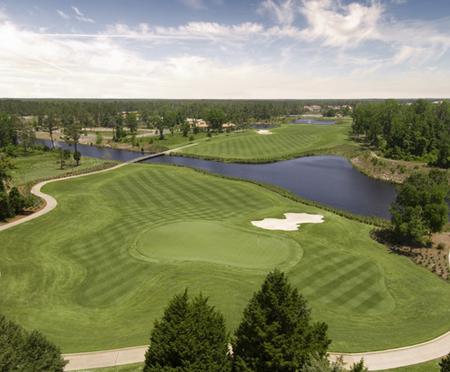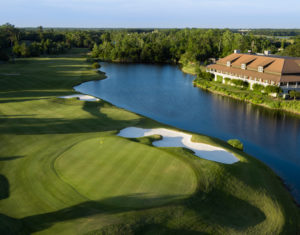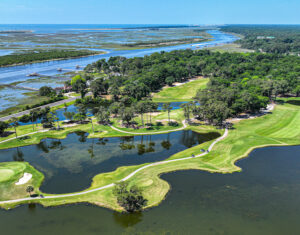Three Myrtle Beach Golf Courses Ranked Among Top 100
 Golf Digest has unveiled its biennial ranking of America’s 100 Greatest Public Courses, and several Myrtle Beach golf courses again made the cut.
Golf Digest has unveiled its biennial ranking of America’s 100 Greatest Public Courses, and several Myrtle Beach golf courses again made the cut.
The Dunes Club led a trio of Grand Strand golf courses on the prestigious list at No. 46, followed by No. 88 Grande Dunes and No. 94 Tidewater.
A Robert Trent Jones design, Dunes Club is the area’s most famed layout. The course plays within view of the Atlantic Ocean and enjoys a classic design. Dunes Club has hosted the U.S. Women’s Open, the finals of the PGA Tour’s Q-School, and numerous Senior PGA Tour Championships.
The par 5, 13th hole, known as Waterloo, is one of the most renowned holes in America, and part of a back nine stretch known as Alligator Alley that plays along Lake Singleton and the swash coming in from the Atlantic Ocean.
Grande Dunes has been regarded among Myrtle Beach’s best since its opening in 2001. A links style design, Grande Dunes has expansive fairways and some of the area’s largest greens. The course also features seven holes that play along the Intracoastal Waterway, most notably the stunning, par 3 14th.
Tidewater is arguably the Grand Strand’s most scenic course, nestled along the Intracoastal and a saltwater marsh. Tidewater has been called the Pebble Beach of the East and from the first tee to the final green, the course does everything it can to live up to the lofty praise.
Golf Digest’s team of raters evaluated golf courses on seven categories. Below are the criteria the magazine set for each category:
1. Shot Values: How well does the course pose risks and rewards and equally test length, accuracy and finesse?
2. Resistance to Scoring: How difficult, while still being fair, is the golf course for a scratch player from the back tees?
3. Design Variety: How varied are the golf course's holes in differing lengths, configurations, hazard placements, green shapes and green contours?
4. Memorability: How well do the design features (tees, fairways, greens, hazards, vegetation and terrain) provide individuality to each hole, yet a collective continuity to the entire 18?
5. Aesthetics: How well do the scenic values of the golf course (including landscaping, vegetation, water features and backdrops) add to the pleasure of a round?
6. Conditioning: How firm, fast and rolling were the fairways, and how firm yet receptive were the greens on the day you played the course?
7. Ambience: How well does the overall feel and atmosphere of the course reflect or uphold the traditional values of the game?



